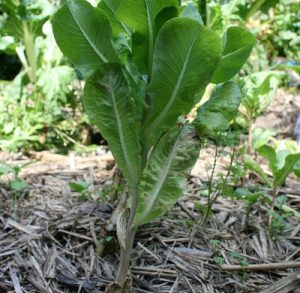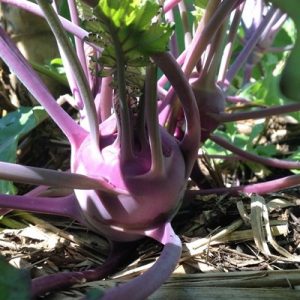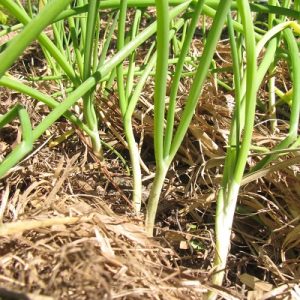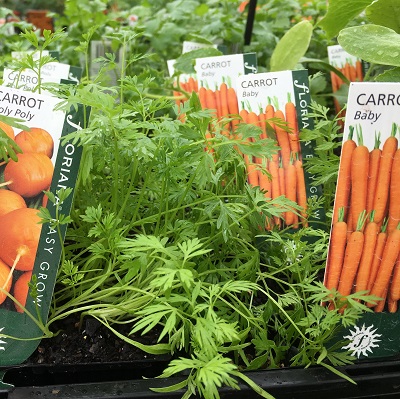5 mistakes vegie gardeners make in winter

Buying punnets of carrot seedlings is a no-no
Mistake #1 Growing carrots from punnets or pots
Carrots are delicate little things. As seedlings, carrot roots are fine hair-like structures that with age, become the lovely straight roots we love to eat. However, if you transplant carrots, you risk kinking those fine roots. They never straighten and will grow as a kinky carrot!
Carrots purchased as a pot of seedlings are worthless in my eyes. There will be hundreds of seedlings that need to be separated and transplanted. You can’t just grow them in one clump either. So, the message is: grow carrots from seed. If you’d like some practice at how to do this successfully, (and it is tricky I’ll admit) enrol in the Growing Successfully from Seed workshop on Sunday 26 July 10-1pm. Click here for more info.
Mistake #2 Growing Parsnips and Brussels Sprouts in Warm Areas

Brussels sprouts don’t form properly in areas without frost
Just because your local hardware store or nursery sells Brussels Sprouts seedlings and parsnip seed, it doesn’t mean you should buy them. Both of these vegies need frost for best results. So, unless you are in a frosty area, forget it.
When I lived in Ballarat, we had sensational Brussels sprouts. The chilly nights created plump, sweet sprouts. Here in the subtropics, warmer nights don’t stimulate the production of the sprouts. Even piling ice around your plants doesn’t help- believe me I tried!
Parsnips, those wonderful root vegies beloved by chefs, need cold nights too. The chill helps them form the tender, sweet roots. No chill means tougher, bland roots and no seeds as the plant will not reach maturity.
Mistake #3 Buying Sick Orphans
 The poor little plants and seedlings are on the half price table need to stay there. They’ve had a hard life and will probably not recover. The lettuce shown above was a throw our bargain but was actually a waste of money.
The poor little plants and seedlings are on the half price table need to stay there. They’ve had a hard life and will probably not recover. The lettuce shown above was a throw our bargain but was actually a waste of money.
Research has proven seedlings such as corn will not recover and will never perform well after having even one setback in the first 2 months of growth. This is the case for many other plants too.
So, rather than wasting your dollars, spend a little more and buy the healthiest, and by the way, that doesn’t mean the biggest!
Mistake #4 Forgetting to Foliar Fertilise

Fertilise your vegies and fruits
You’ve prepared the soil with humates, compost, manure and some calcium such as gypsum or lime depending upon the pH and the crop needs. So that’s all your plants need right? Wrong.
As your plant grows, it will also benefit enormously from foliar feeds (liquid sprays to the leaves) on a regular fortnightly cycle. I use Liggy Max and have some of this amazingly concentrated, composted fertiliser for sale, but you can also use Searles Fish and Kelp or similar. (Seaweed alone is not a fertiliser!) Apply it with a sprayer to both sides of the leaf for quick, lush growth.
Foliar feeds are especially effective for seedlings as it enhances the nutritional needs of the growing plant via absorption through leaves. It’s also great just before flowering and fruiting, and excellent for promoting leafy growth. Actually, that means it’s good for the whole life cycle of the plant. Go for it!
Mistake #5 Mulching Over Dry Soil

Apply mulch over damp soil
I truly believe mulch is a soil and plant a saviour. However, it works best when applied to moist soil as it helps to retain the moisture. Applying cane mulch or lucerne or even bark chips to dry soil can be a recipe for plant failure.
The mulch will absorb lots of water before your irrigation even gets to the soil.
So, water first, add some fertiliser then add the mulch and water again.
The fertiliser feeds the microbes that break down the mulch, thereby reducing the nitrogen robbed from the soil and the plant root zone. This process is called nitrogen draw down and is a recognised effect after mulching, especially with high cellulose and lignin (woody) mulches.



